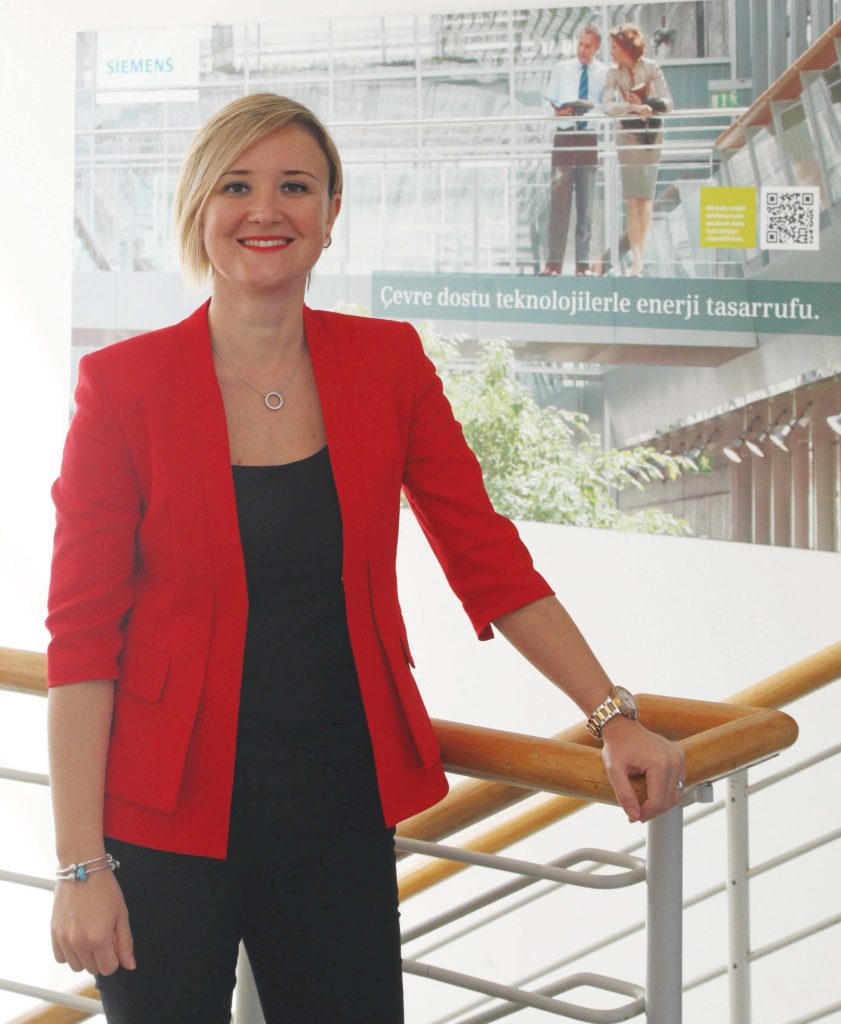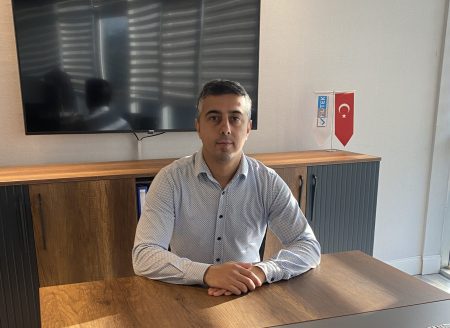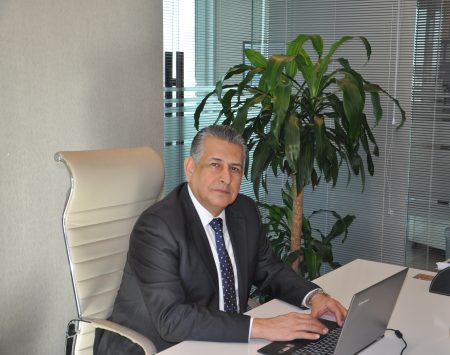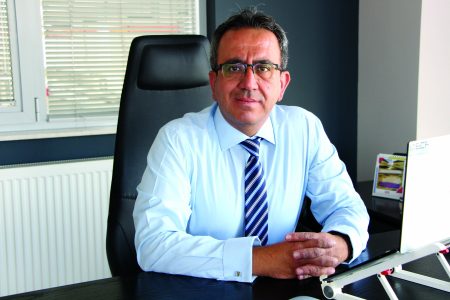Appearing in almost every platform, the concept of Industry 4.0 started to be mentioned for the very first time in 2011 at Hannover Messe held in Germany. In 2012, the German government created groups involving universities and Siemens and began the studies regarding Industry 4.0. As a consequence of these studies that took approximately 1 year, Germany shared with the entire world the Industry 4.0 roadmap for the next 20 years. As for our country, only 1 year after the Germany introduced its Industry 4.0 roadmap, Turkey revealed its Industry 4.0 roadmap as well under the leadership of Siemens and with public support. We can summarize the first three stages of Industry 4.0, digitalization and the 4th Industrial Revolution, one of the most popular concepts mentioned today, as follows:
The 1st Industrial Revolution, known as Water & Steam, is defined as the use of water power and steam engines for production in the late 18th century.
The 2nd Industrial Revolution, known as electrification, is defined as the rise of electrical engineering and mass production lines in industry in the late 19th century. We know that the first self-moving assembly line was used at a slaughterhouse in Cincinnati, Ohio in 1870.
The 3rd Industrial Revolution, known as automation, is defined as the fast proliferation of the use of PLCs, which emerged with the combination of the electric and computer technology in the mid-1970s, in industry.
Digitalization, the 4th Industrial Revolution in other words, still continues to be defined and the experts think that a full transformation will occur in the next 20 years. If digitalization changes everything in our lives, from our lifestyle to the way we carry out works, and becomes an inseparable part of our lives, what we should do is to focus on the things we can do with digitalization. With today’s technology, we can collect, transfer, store or analyze a vast amount of data. Thanks to digitalization, we can enhance our efficiency, flexibility and quality and shorten the time of getting into market by using this vast amount of data, commonly referred to as “Big Data”.
At Siemens, we call all of our solutions compatible with the 4th Industrial Revolution “Digital Enterprise”. To briefly summarize Digital Enterprise, we can define it as a full integration along the value chain from engineering to operations by means of combining our automation and software solutions, which we specially developed for the process, with our industrial communication, security and service offers. While we shorten the time of getting into market, we enhance our efficiency with simulation thanks to the common data model, a part of Digital Enterprise. An integrated approach formed by the plant life cycle management improves flexibility while digital twin contributes to the enhancement of quality.
The key to becoming a digital enterprise is having engineering and operation processes fully integrated with each other along the value chain from product design to service. While fully integrated engineering processes along the value chain shorten the period of transition from design to operation, the emerging plant enhances the
digital twin operation and service flexibility. On the other hand, productivity and flexibility improve and the adaption of new technologies to the plant becomes easier thanks to the fully integrated operation processes between the field, automation and management.
As we have decided to be a digital enterprise, now we need to make certain preparations in our plant. The first of these is industrial communication. It must be ensured that all the rings of the value chain must be based on the standards and connect each other horizontally and vertically through reliable networks. At Siemens, we set up reliable, high performance communication networks throughout the plant with our common connectivity solutions such as IP-based ProfiNET, OPC and UA. As plant connectivity enhances with industrial communication solutions, plants become defenseless against cyber dangers. While it becomes possible to avoid cyber-attacks through industrial security solutions to be used, productivity must be improved with thorough defense concepts that will be advanced. With the industrial security solutions we provide at Siemens, it is possible to design special security applications for the plant and network by taking the system integrity into consideration. Lastly, while the plant’s energy and resource consumption can be optimized through industrial service offers, a contribution is made to the continuity of digital enterprises with smart service and support concepts. When our preliminary preparations regarding communication, security and service we have mentioned above are completed, we will be able to select the solutions suitable for the need of our plant from Siemens’ Digital Enterprise product portfolio and begin to use them on the road to becoming a digital enterprise.
Digital Enterprise portfolio is a group of solutions completing each other.
The parts of Digital Enterprise portfolio can be counted as COMOS, a software combining engineering and plant management; SIMATIC, an automation system specially developed for the process; COMOS Walkinside, which gives the chance of taking a 3D tour inside the plant before it comes into existence; SIMIT, which enables the simulation of the plant before it is put into use; XHQ, which speeds the decision-making process up via smart and connectible field devices and real-time plant data; and MindSphere, a completely open internet system of things.
Ensured thanks to the fact that the common data model offered by COMOS integrates all disciplines into a global and stable database, the parallel workflow enables saving on time and decreases the costs. As product, process, mechanical electric and automation design processes progressing through a time schedule of steps in the past are able to progress today in a parallel way even if it is partial, now we expect these processes progress parallel with each other in the future.
You can have a chance to see the plant in 3D via the plant’s digital twin created in the course of engineering process before the real plant comes into existence, and complete the training provided to your teams beforehand if you wish.
You can also save on time by 60% in automation engineering by automating hardware and software engineering thanks to the real time and bidirectional data exchange between COMOS and SIMATIC PCS7. This both improves the quality of the engineering and accelerates the integration of new equipment to the plant with configurator, library and standard interfaces. It is possible to complete the tests prior to the real plant through SIMIT which is fully compatible with COMOS and SIMATIC PCS7. In this way, the process of putting the real plant into use can be realized more easily and efficiently, and faulty and costly recurring processes are avoided.
Project documents of the plant always remain updated thanks to the real time data exchange between COMOS and SIMATIC PCS7. The maintenance management that is made more efficient in this way ensures saving on time by 30% and on cost by 20%. Operation and service teams have a chance to communicate quickly and easily with COMOS MRO, a part of Digital Enterprise. It is possible with COMOS and COMOS Walkinside to access instant equipment information without getting to the field, and COMOS Mobile provides the opportunity of access to updated equipment information beside the equipment in the field.
Optimum decisions can be made through maximum data. All operation data that have developed along the value chain can be accessed with XHQ operations intelligence. This gives you the chance to compare assets between your plants and enhance the visual quality of
your cost factors. By this means, it is possible to obtain a decline by up to 8% in operation costs and an increase by up to 10% in efficiency.
With the MindConnect of MindSphere platform, the internet system of things completely based on open standards, a reliable, plug-and-play network is established between Siemens and the 3rd party devices in the field. On MindSphere platform which is compatible with various cloud infrastructures, you can design the digitalization application needed by your plant on your own by using the data collected from the devices in the field or you can use the applications developed by Siemens or its partners earlier. In this way, you get better asset transparency and analytical insight.
At Siemens, we define digitalization as a journey we take together with our customers. In this journey, we make contribution by using the data as you create a real value. We join our background of information technologies and process in cement sector with our product portfolio and applications, and produce digital solutions for cement industry. In brief, we both feel proud of our pioneering role that we have been playing for 161 years on these lands particularly in the fields of electrification and automation, and feel excited about accompanying cement sector in this journey of digitalization.






